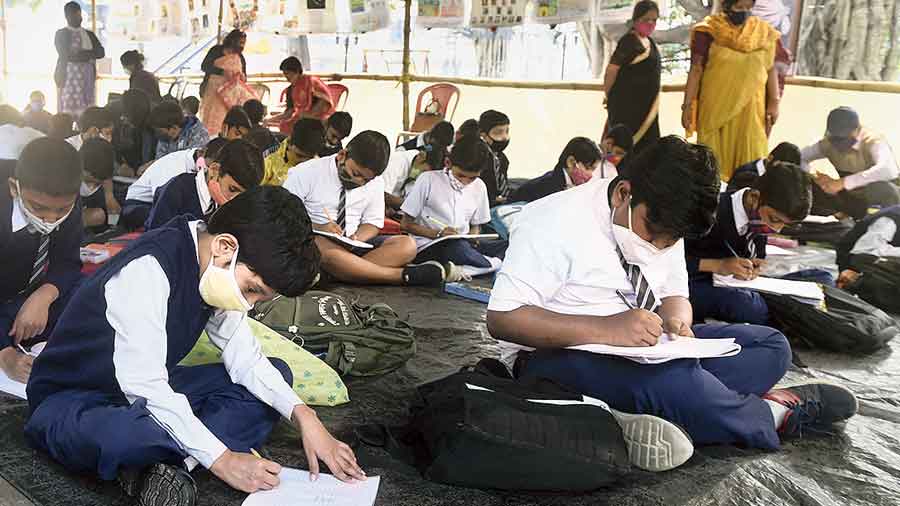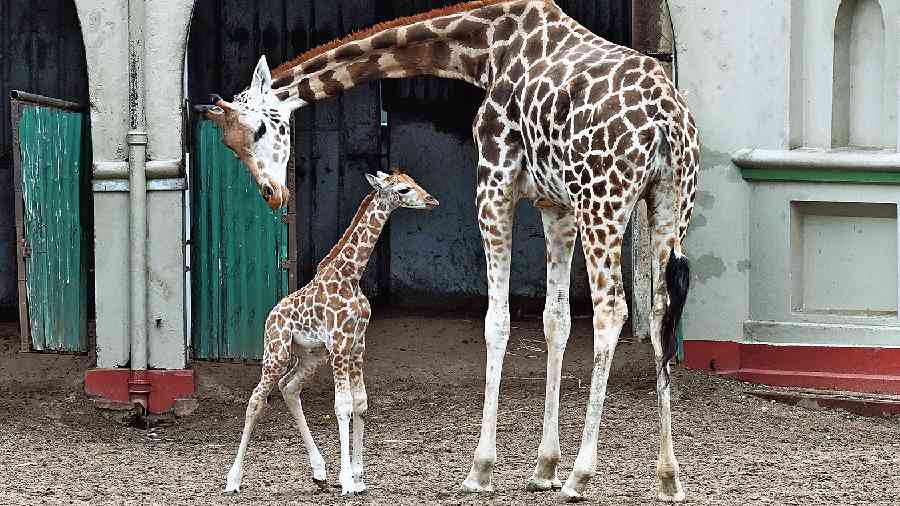Several schools have resumed doing what they would routinely do before the pandemic: encourage group activities.
Teachers in many schools told The Telegraph any activity or task that encourages children to work together ignoring differences in language, religion, food and family was more important than ever before.
The more diverse the group, the more opportunities students get to bond with each other and respect fellow students, they said.
In the past two years, the opportunity to mingle was largely restricted and “children lived in silos” and the effort of the schools is to bring them out of that life of “aloofness”, said heads of some of the schools in the city.
In one school, children speaking different languages are being grouped together and the composition of the group is changed with every project, creating scope for more interaction.
In another, school prayers from different faith are being recited in the morning assembly.
One school is organising field trips to different pockets of the city to understand“different cultures”.
Teachers are also speaking about different festivals in classrooms and about the observance of important days.
In-person classes offer a better opportunity to discuss such topics, many senior teachers told The Telegraph.
“There are two kinds of world that children live in; one inside school, which is a life of unity in diversity. And the other outside school, which is divisive. What we are doing in school is to bring them together again because in the last two years there has been a feeling of aloofness,” said Terence Ireland, the principal of St James’ School. Values are inculcated over a period of time.
“The only way to bring about harmony in society is for everybody to interact, mingle and participate in common projects. In school, one can choose activities where one would not be able to do without the other,” said Devi Kar, director of Modern High School for Girls.
In the last two years of online classes, the axe fell on value education periods, sports classes and assemblies because schools had to stick to restricted screen time.
“The idea of ‘we’ was missing because they were working on their own. In a group, they listen to each other’s opinions, present an idea together,” said Jessica Gomes Surana, the principal of Loreto Convent Entally.
“Because we have students from different communities the groups are naturally diverse,” she added.
Teachers feel that the mere presence of various types of children in a group fosters togetherness. Whether it is rehearsing for a programme ora cooking club activity where children are introduced to different cuisines.
“We are consciously doing certain activities like introducing children to cuisines of different regions. Instead of just telling them about values in the moral science period when students are working or playing together with individuals from different cultures they build a bond and from there real acceptance comes. All of these activities were severely restricted in the last two years because of the pandemic,” said Amita Prasad, director, Indus Valley World School.
Most schools still remain a microcosm of people from different cultures, food habits and religions.
“Your family is just like you, but in school everyone is different. Being together helps understand that diversity, learning to cope with each other that comes through actually being together,” said Tina Servaia, senior school principal, Calcutta International School.

